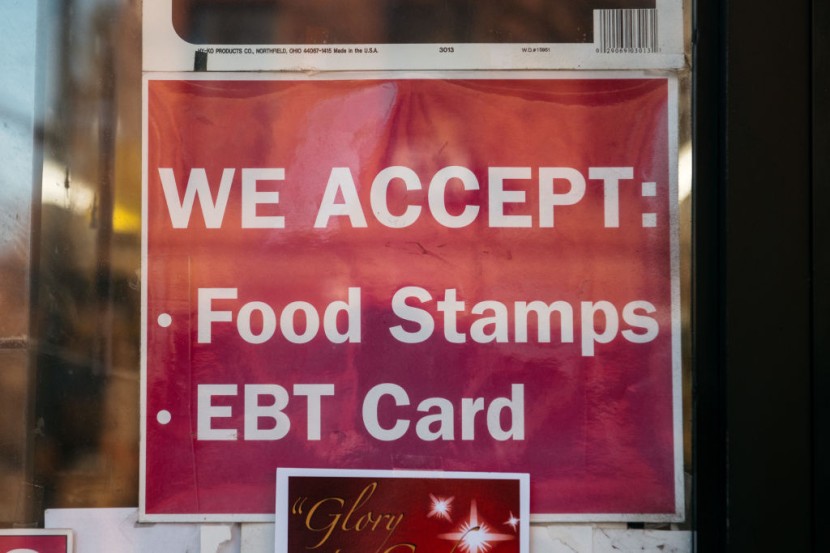
A few adjustments to food stamp benefits will affect millions of Americans this month. The government's Supplemental Nutrition Assistance Program (SNAP) provides no or low-income Americans with funding to buy food.
This money is usually placed onto an electronic card that may be used at nearly all supermarkets and food stores. According to the US Department of Agriculture, more than 42 million Americans receive food stamps assistance (USDA).
This month, we'll reveal the changes you should be aware of. The USDA announced in April that an additional $1 billion per month would be allocated to the SNAP program.
Benefits were increased for an estimated 25 million low-income households as a result of this. The amount of money given to needy Americans is determined by the size of the family, but a minimum of $95 must be given to each household.
Despite the fact that the $95 increase was set to expire on September 30, 2021, more than half of the states have extended emergency aid until January, as per The Sun .
List of states to receive extended SNAP benefits
The emergency help will be extended at least through January, according to Kansas, Texas, and Virginia. The following is a list of states that have extended emergency benefits:
- Alabama
- Georgia
- Hawaii
- Illinois
- Iowa
- Kansas
- Kentucky
- Maine
- Maryland
- Michigan
- New Jersey
- North Carolina
- Ohio
- Oklahoma
- Oregon
- Pennsylvania
- Rhode Island
- South Carolina
- Texas
- Virginia
- Washington
- West Virginia
- Wisconsin
- Wyoming
When to receive the 2022 food stamp?
There is no set date for SNAP deposits across the country, you can get an estimate by visiting the providers' official website and searching for your state of residence in the "EBT in my state" section. You can learn about your state's SNAP program, as well as how to apply for or renew SNAP benefits. According to the USDA, there will be a noticeable increase in 2022. A family of four will get $835 in 48 contagious states and the District of Columbia.
In Alaska, a family of four will receive $1,667. In Hawaii, $1,573 is spent; in Guam, $1,231 is spent. A total of $1,074 will be added to the budget of the Virgin Islands, according to Marca. Rhona Reiss, a Maryland resident, began speaking out about food card shortages the day she found that rotisserie chicken was not covered. Benefits can't be used to buy hot or cooked foods under long-standing federal rules, even for elderly people like Reiss, who is 77.
However, in Maryland and other places around the country, this regulation is changing. Six states have joined a little-known federal program that allows seniors to use their food benefits to pay for some low-cost restaurant meals in the last two years. Persons with disabilities and people who are homeless are also covered by the Restaurant Meals Program. California and Arizona have the most participants, whereas younger states like Maryland and Illinois are only getting started.
The program's rapid expansion, according to nutrition experts and campaigners, is part of a bigger effort to extend access to the Supplemental Nutrition Assistance Program, or SNAP, during the coronavirus epidemic. The greatest method to feed starving people, according to US policy, is to encourage them to cook for themselves.
Many Americans no longer have the time, skills, money, or physical capacity to cook the sorts of foods that Congress envisioned when the nutrition aid program began, with $108 billion in benefits issued in 2021, according to a rising number of activists and academics. Reiss, who now works for the Montgomery County Food Council in Maryland, has spoken before the Maryland legislature about acquaintances who suffer from arthritis and are unable to hold a knife, or who live in houses without fully functional kitchens, USA Today reported.
Related Article : These Group Will Receive Increased SNAP Benefits; Here's How Claimants Can Save Cash by Christmas
@YouTube









